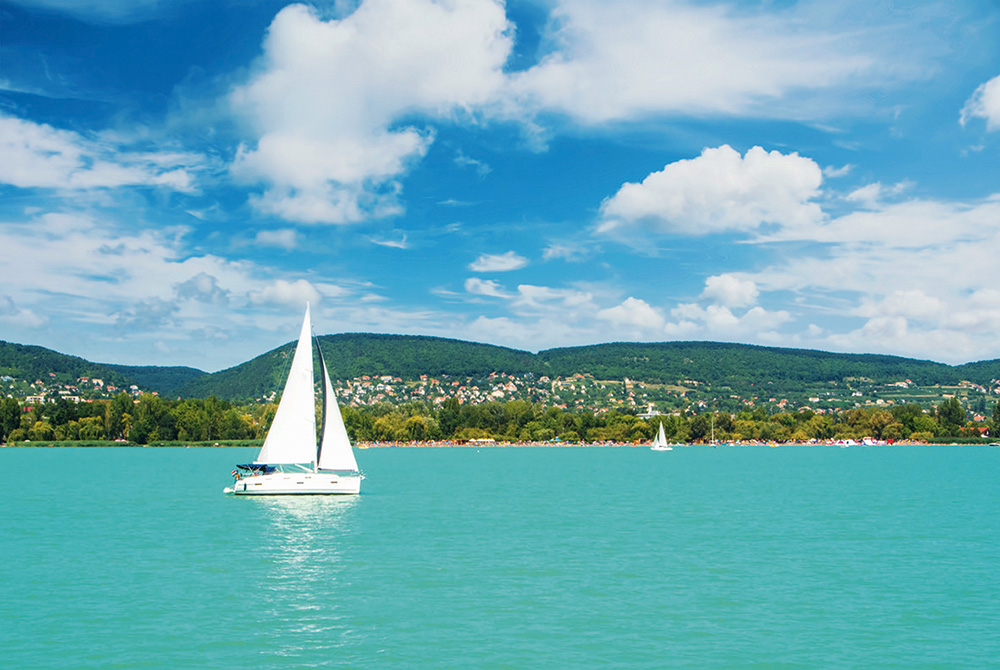STUDY IN HUNGARY - THE CROSSROADS OF EUROPE
Menu
Accessible version
- Study in Hungary
10 interesting things about Hungary
- The 1st subway line of continental Europe was built in Budapest.
- The beautiful city of Budapest is made up of 2 parts – Buda and Pest – which are separated by the Danube river.
- The Hungarian Parliament is the 3rd largest parliament building in the world, with 691 rooms and 20 kilometres of stairs.
- Hungary is one of the best birding areas in Europe: almost 400 bird species breed here.
- Amongst the many Hungaricums 5 are related to Hungarian gastronomy.
- Covering almost 600 square kilometres, Lake Balaton (nicknamed “the Hungarian Sea”) is the largest lake in Central Europe.
- Each day, 70 million litres of thermal water rise to the surface in Budapest.
- Hungary ranks 8th in the world for medallists at the Summer Olympic Games.
- The oversized snail-shaped egg noodles (csiga) that Hungarians use in many recipes are thought to date back to the 9th century.
- Hungary has 10 national parks, 145 minor nature reserves and 35 landscape protection areas

STUDY IN HUNGARY - THE CROSSROADS OF EUROPE
TEMPUS PUBLIC FOUNDATION
TEMPUS PUBLIC FOUNDATION
- 1077 BUDAPEST, KÉTHLY ANNA TÉR 1.
- tel.: +36 1 237-1300
- fax: +36 1 239-1329
- e-mail: STUDYINHUNGARY@TPF.HU
© 2019 Study in Hungary